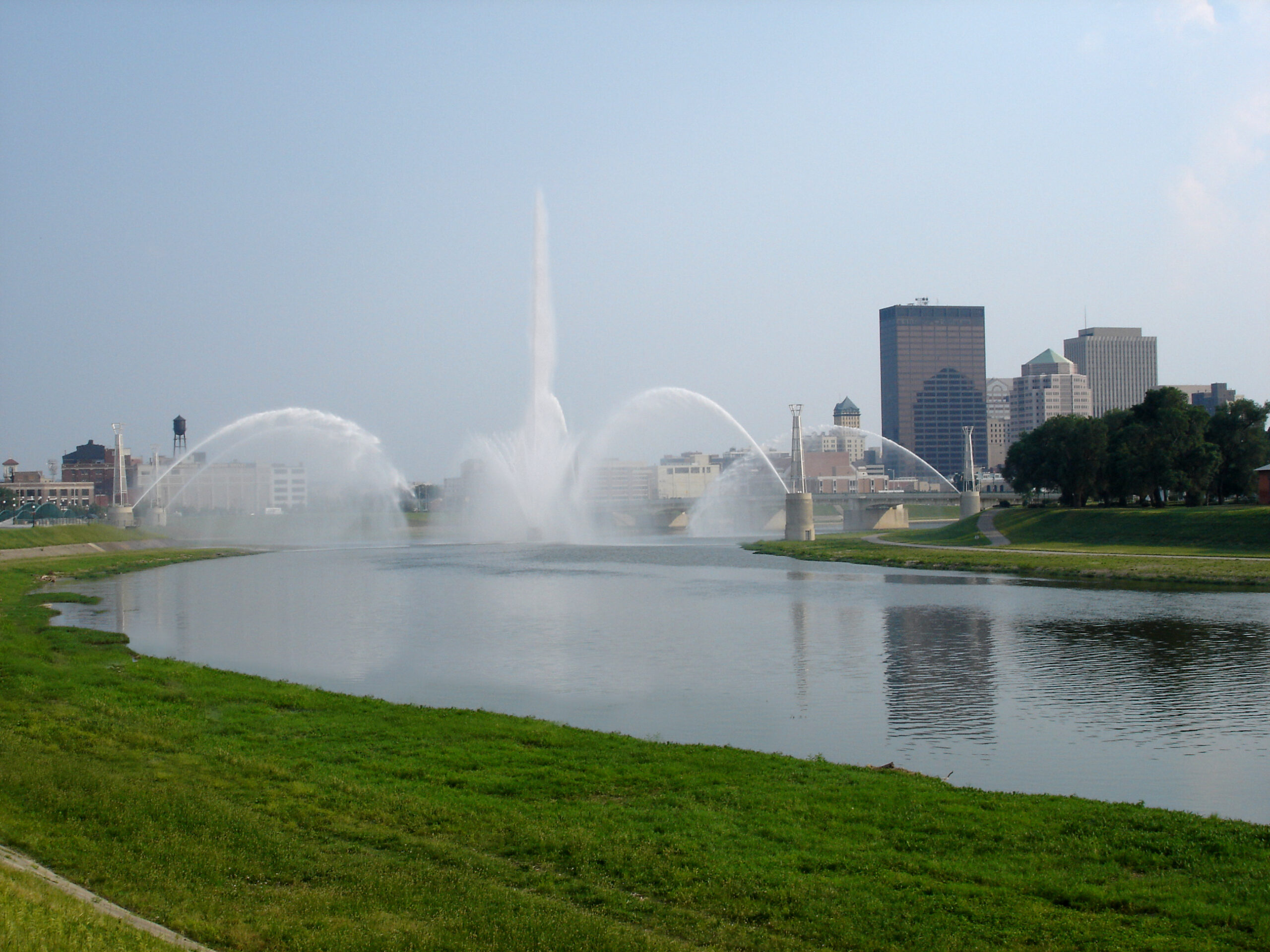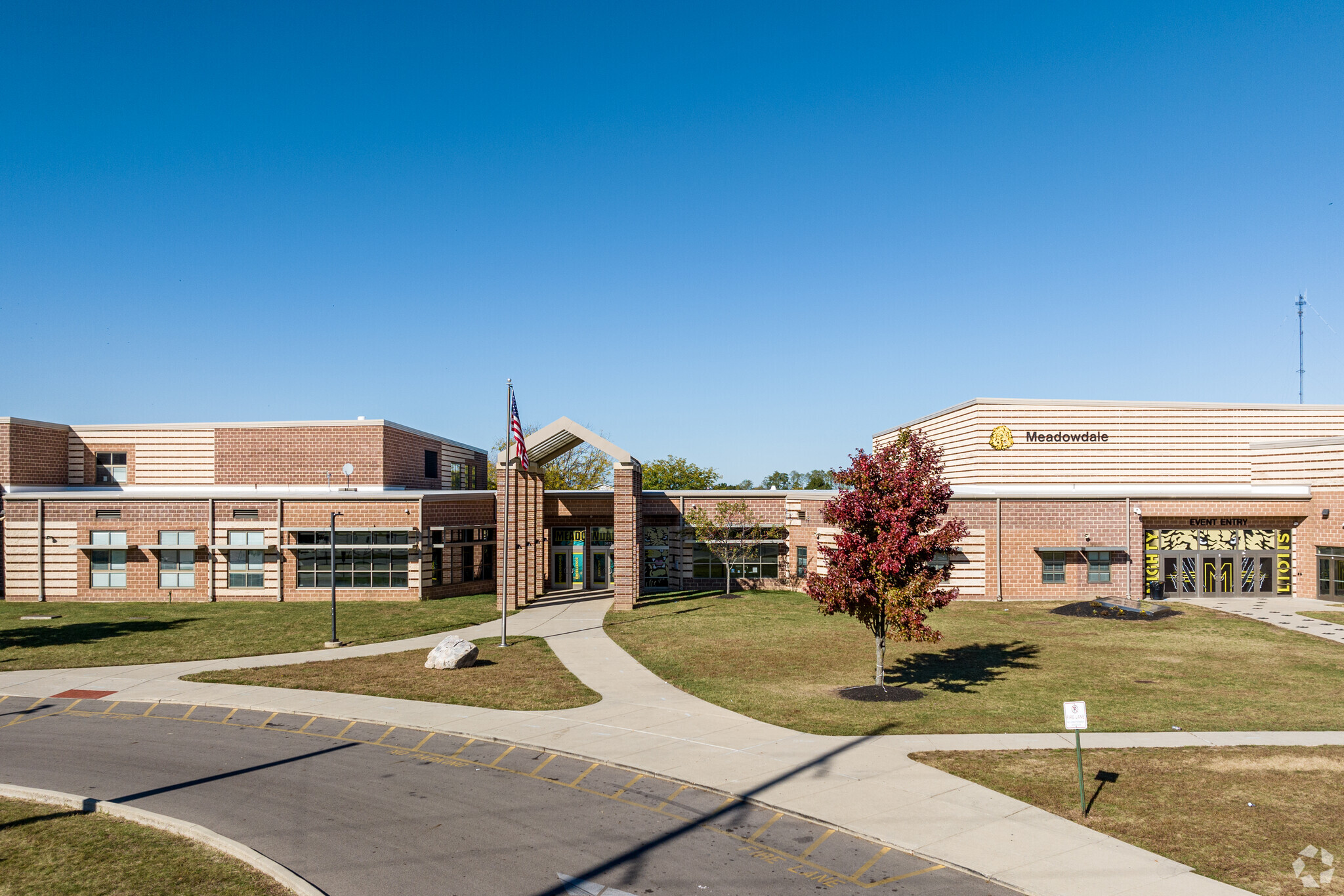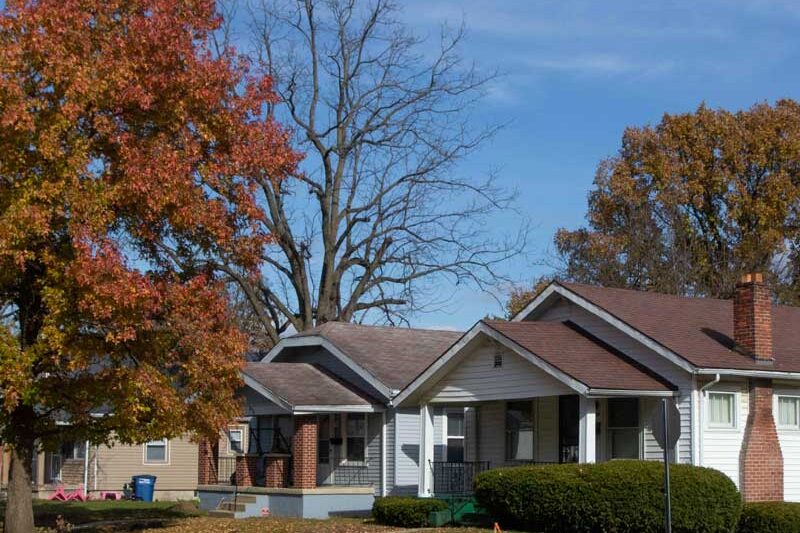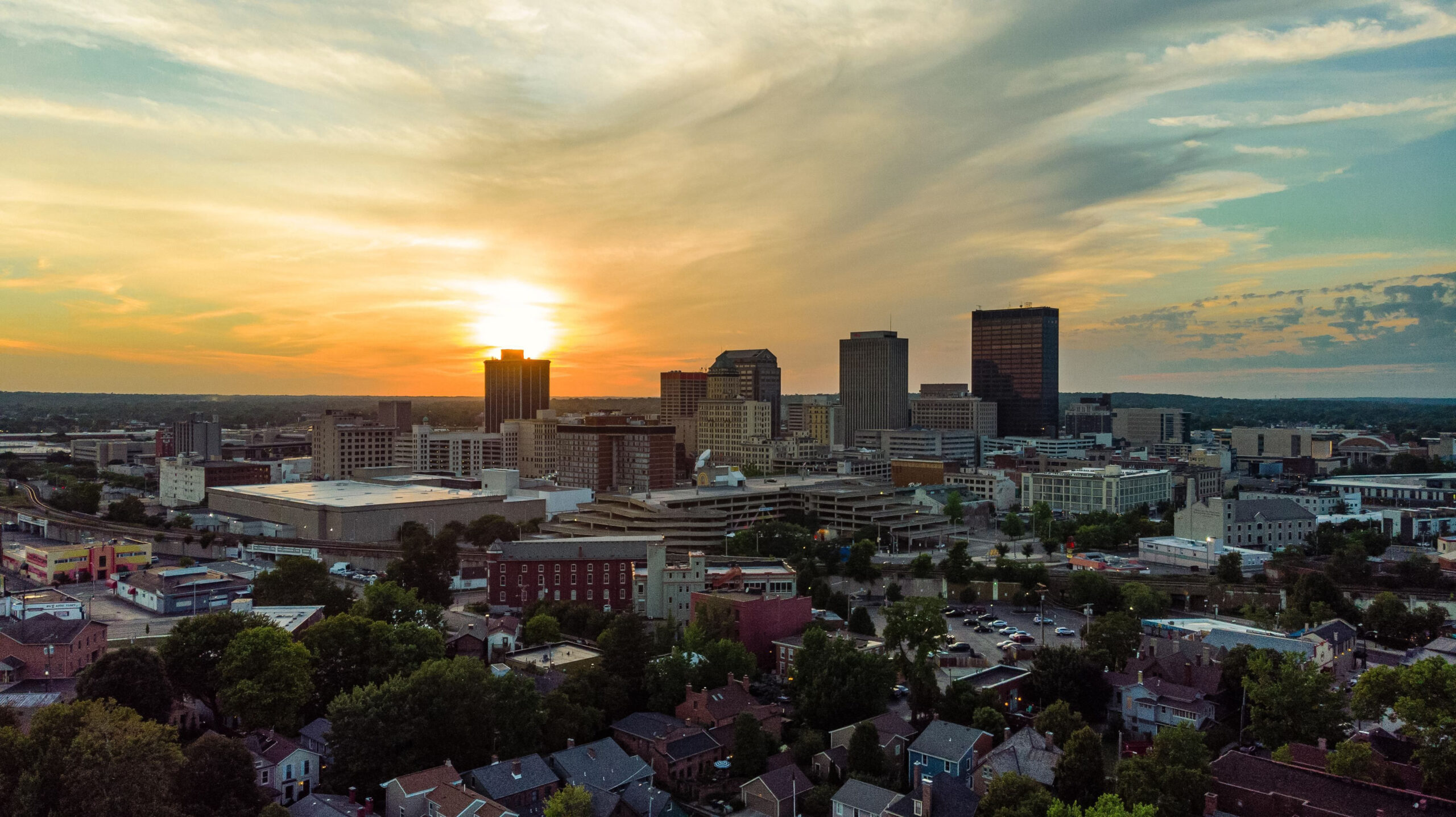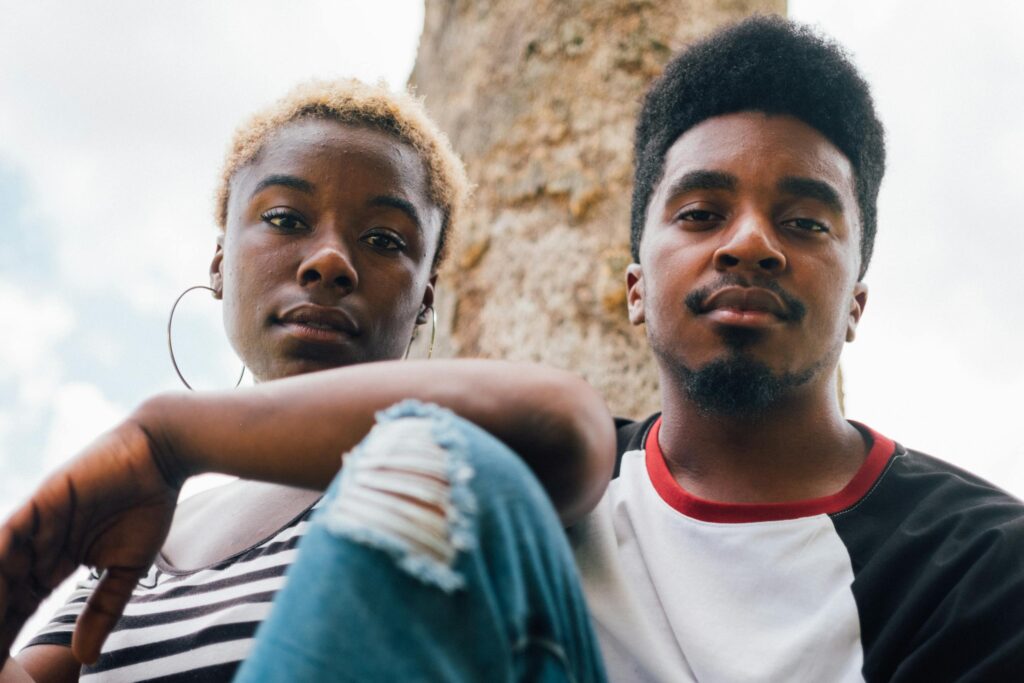Strategies
Through public funds, Dayton has a newly constructed libraries and built 26 new school buildings. Downtown Dayton flourishes with new market rate housing, arts and cultural venues, and thriving new business districts. A system of parks, 350 miles of recreational trails, and the convergence of five rivers and waterways creates welcoming beauty for all to explore. Dayton passed a levy focused on neighborhood infrastructure and one of the first levies in Ohio to support universal preschool tuition assistance for income eligible families.
Yet, the youth and the families of the urban core neighborhoods face huge challenges and trauma is a prevalent part of the lives of Dayton’s children, much like many urban communities throughout the United States. While progress is being made with the youngest residents, college attainment, affordable, safe and decent housing, and peaceful neighborhoods or even safe journeys to and from school are illusive.
To make a change, we believe efforts must be grassroots and youth must be elevated from service recipients to decisionmakers and active participants in community change. To engage youth, high school students will engage in paid internships where they play not an administrative role, but will be active in sharing their experiences and their voices in solving community problems. This engagement in neighborhood programs as interns will extend during college for those who are attending one of the Bottom Line’s current target college and universities with signed agreements, including Otterbien College, Wright State University, Central State University (Ohio’s only public Historically Black College and University (HBCU), and Miami University.
As an example, in Westwood, one of the target neighborhoods, an existing plan based upon focus groups has been created based upon meetings with residents on housing needs and steps to improve the environment. In the neighborhood projects, students will be involved in data collection and analysis, meeting with housing developers, neighborhood residents, and developing strategies address dumping and other issues. Students will be involved in activities regarding analyzing crime statistics, researching successful solutions that have worked in other communities, and presenting recommendations in collaboration with neighborhood leaders, residents, and government. Dayton has already shown success of mediation responders who are dispatched to resolve differences rather than involving police officers.
